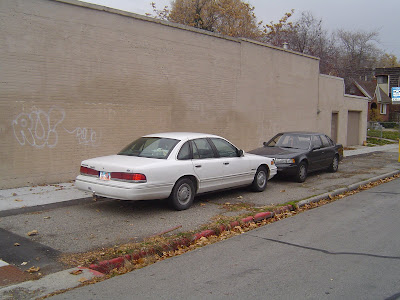




The ongoing story of the Joaquin Neighborhood in Provo, Utah with a beautiful historic fabric in the midst of revitalization. Keep up to date on Neighborhood events, meetings, topics, and concerns.






I am still hoping for input from each of you.

 We all know what "beautiful" is. In terms of a neighborhood, it means well kept lawns, landscaping, beautiful trees and a nicely painted home. It means good sidewalks and streets which aren't covered in litter, and a place where you really want to be. I took a brief bike ride with my son today, and saw a lot of beauty, thankfully.
We all know what "beautiful" is. In terms of a neighborhood, it means well kept lawns, landscaping, beautiful trees and a nicely painted home. It means good sidewalks and streets which aren't covered in litter, and a place where you really want to be. I took a brief bike ride with my son today, and saw a lot of beauty, thankfully. I'm happy to announce that the new Memorial Park playground is not only complete, but already being actively used by neighborhood residents. The playground is intended for younger kids (5 and under) and provides something that we were missing in the neighborhood. It has slides, swings, and other fun, along with some nice benches for Mom and Dad. The playground is on the West side of 800 East, which divides the park in two. It is near the north end of the park, surrounded on 3 sides by large pine trees.
I'm happy to announce that the new Memorial Park playground is not only complete, but already being actively used by neighborhood residents. The playground is intended for younger kids (5 and under) and provides something that we were missing in the neighborhood. It has slides, swings, and other fun, along with some nice benches for Mom and Dad. The playground is on the West side of 800 East, which divides the park in two. It is near the north end of the park, surrounded on 3 sides by large pine trees.The proposal has too many points to be covered quickly, and needs your attention. We will be having neighborhood meetings to cover it. It divides the neighborhood into 2 basic sections, mostly along 500 and 560 North. The "plan" for North and South Joaquin are quite different in many respects. South Joaquin's plan will likely offer all owner occupants at least one free on street permit, and allow homeowner's to purchase one more. All homeowners will be given first priority, and at least a 2 week period of time to obtain/purchase their permits. After that, tenants that live in apartments and houses with a Rental Dwelling License will be able to obtain permits. Brent has calculated exactly how many parking space there are in South Joaquin, and no more than that number will be sold. So, if we've got 2000 parking spots, no more than 2000 permits will be sold. Arrangements for visitor parking, Farrer elementary, local businesses, and churches are all part of the plan.
I encourage each of you to take a look at the plan and "study up." I can provide it to you as a pdf file. Your opinions will be needed.
